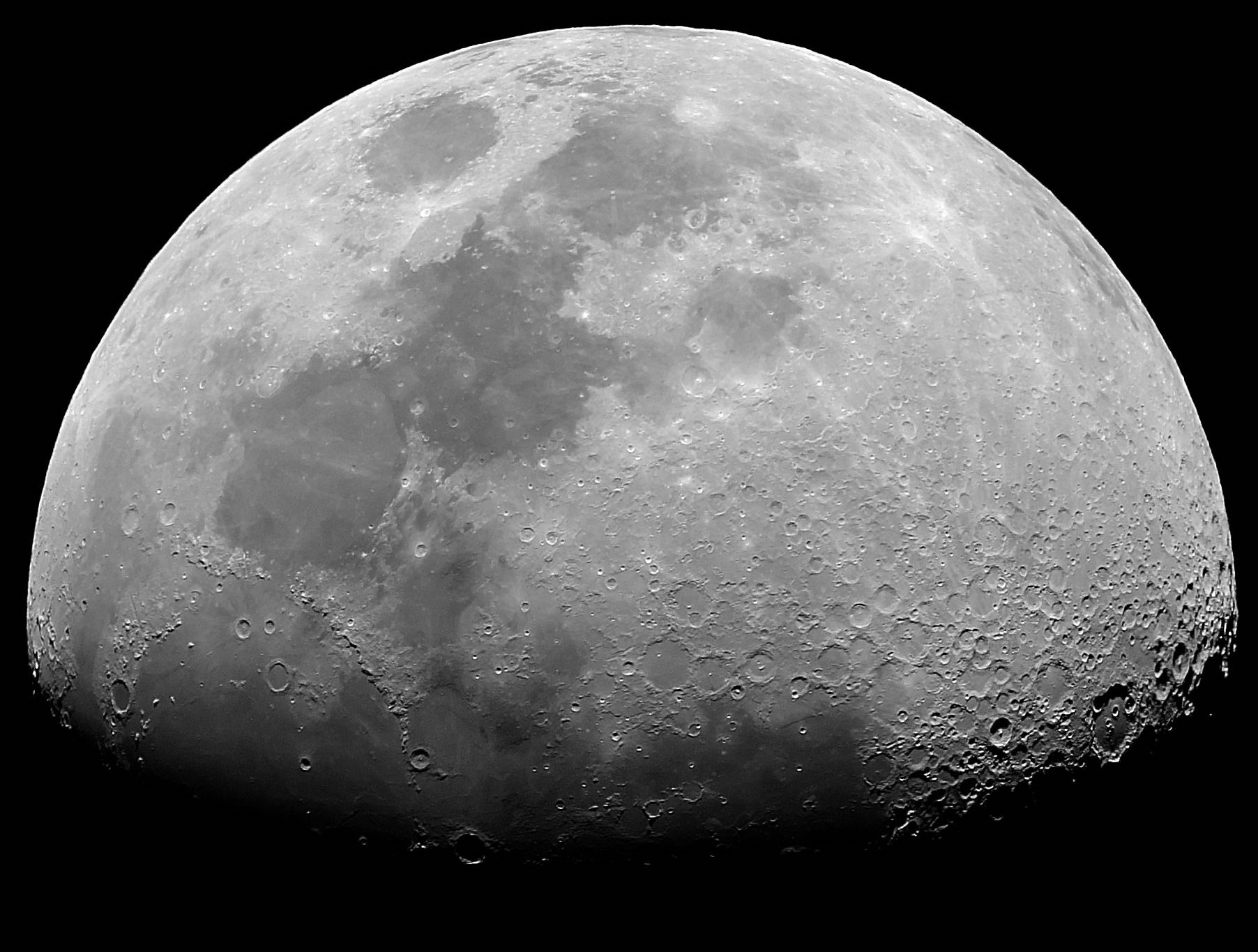
Lunar: We Look to the Moon
Life on Earth depends on the existence of the Moon. From pre-history to the present day, humans have been fascinated by its seemingly constant but always changing presence.
The Bodleian houses a diverse collection of Moon-related manuscripts, books and objects, dating from the Middle Ages onwards, and drawn from all over the world. By studying them we may learn more about ourselves and our shared human culture, whether the Moon is the subject of scientific observation, predictions about the future, political satire, or even an advert for soap!
Fifty years ago, on 20 July 1969, the first crewed mission landed on the Moon. This online exhibition, an extension of the physical display in the Proscholium of the Old Bodleian (13 July—15 September 2019), celebrates that achievement and explores humanity’s study of, and fascination with, all things lunar.
© Luc Viatour / https://Lucnix.be
We Look to the Moon is brought to you by a multidisciplinary team of academics drawn from the Department of Earth Sciences, the Department of Physics, the Oxford Internet Institute’s Cabinet team, and the Rothermere American Institute, University of Oxford.
Units


